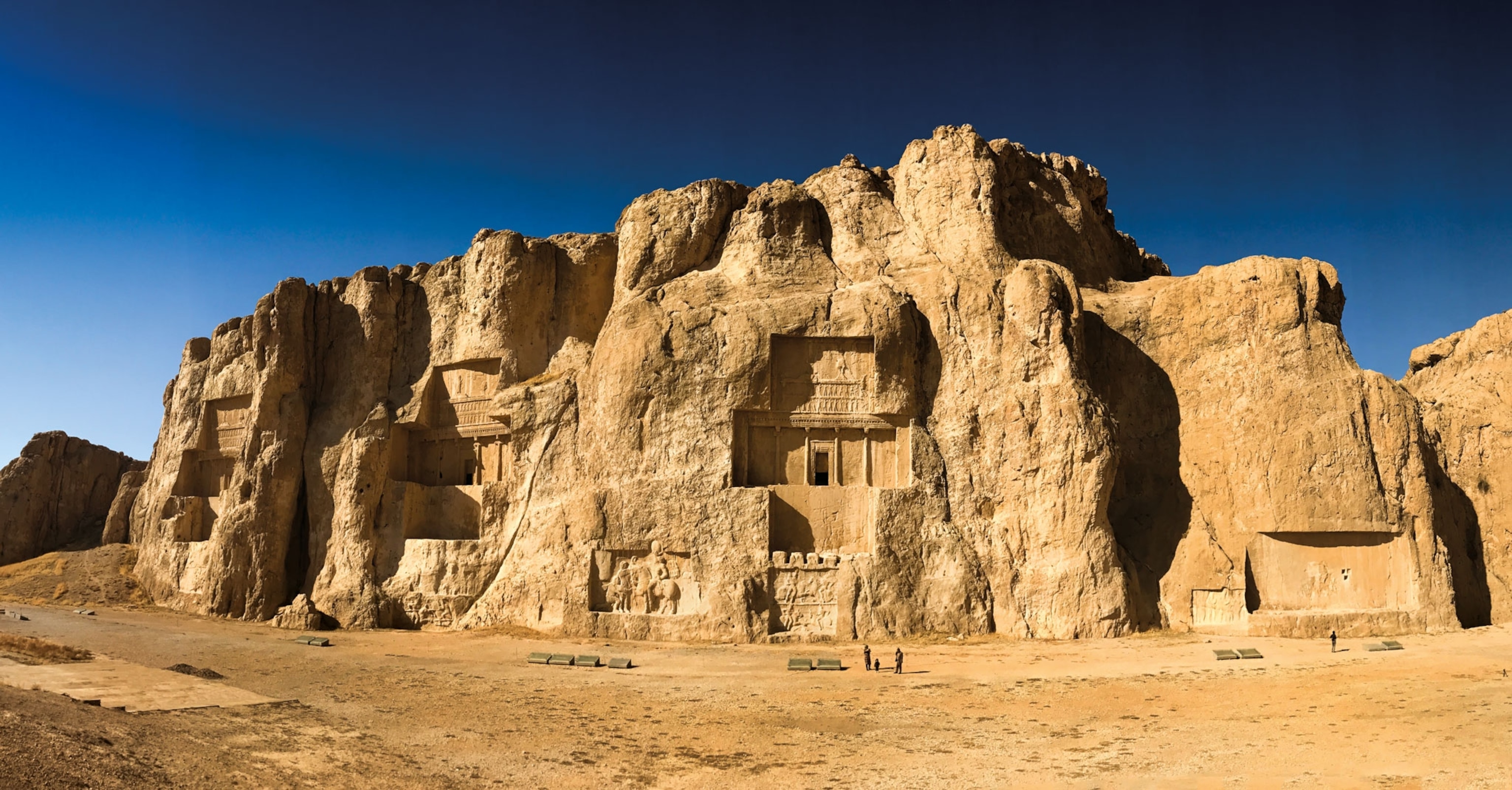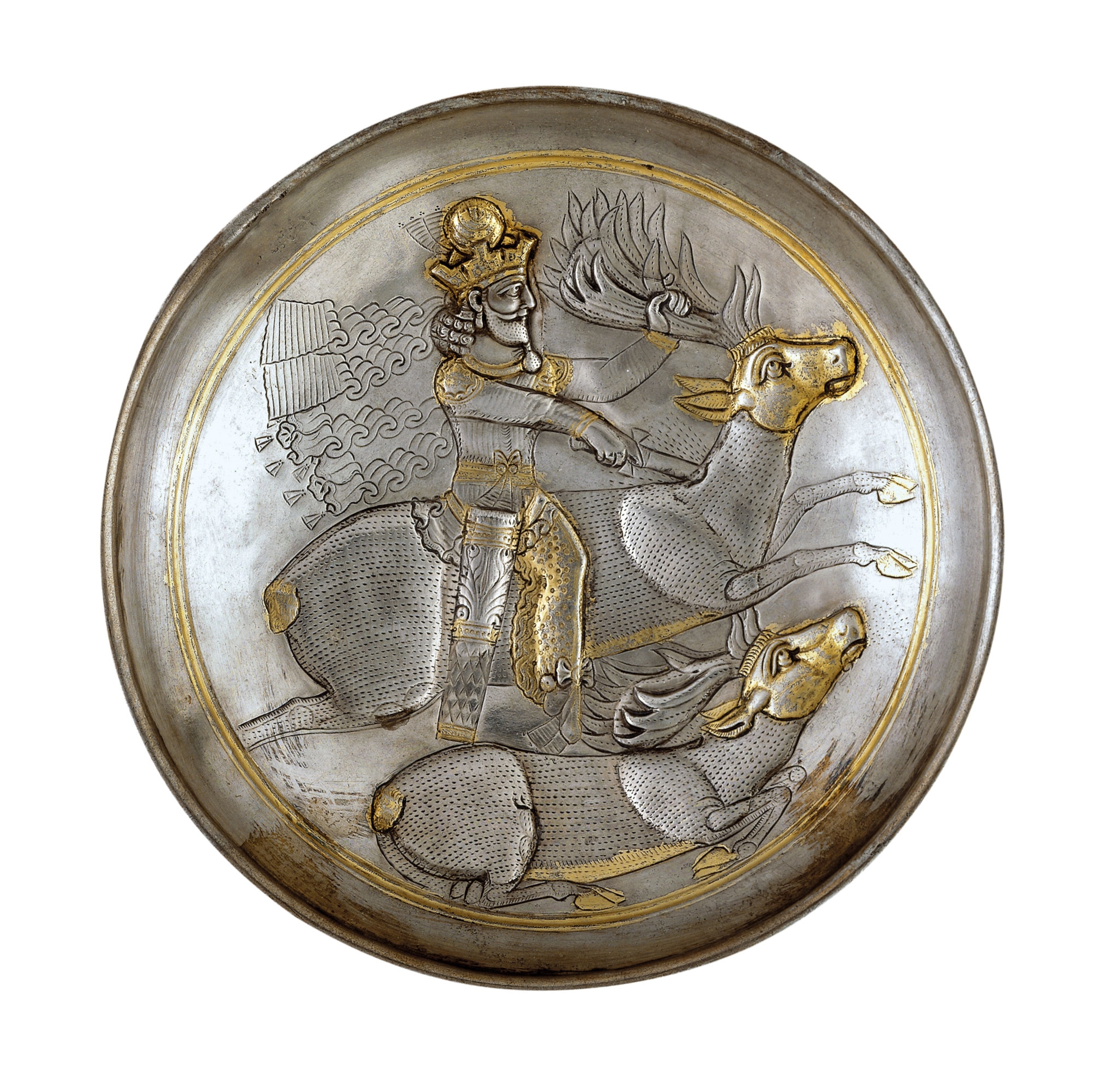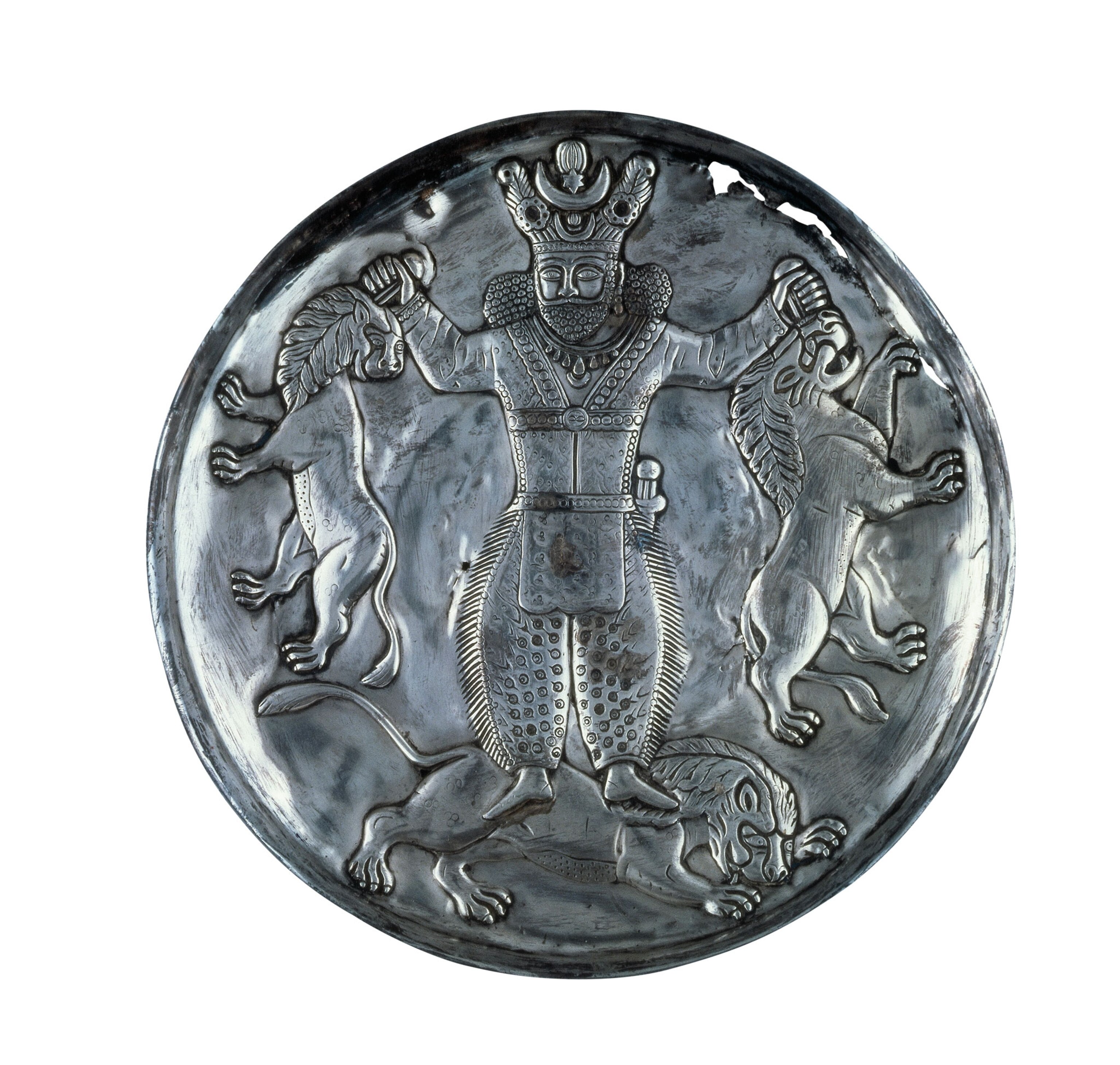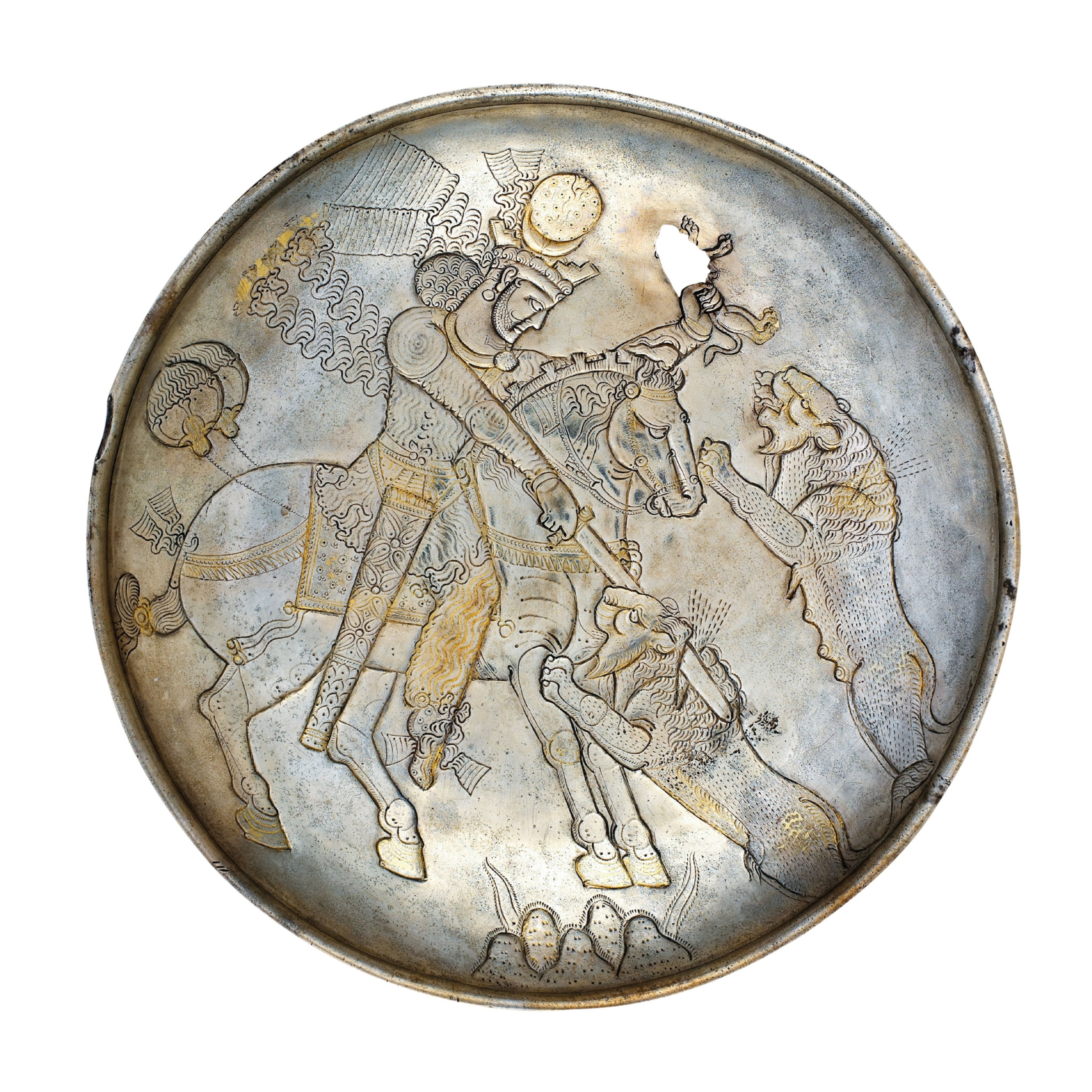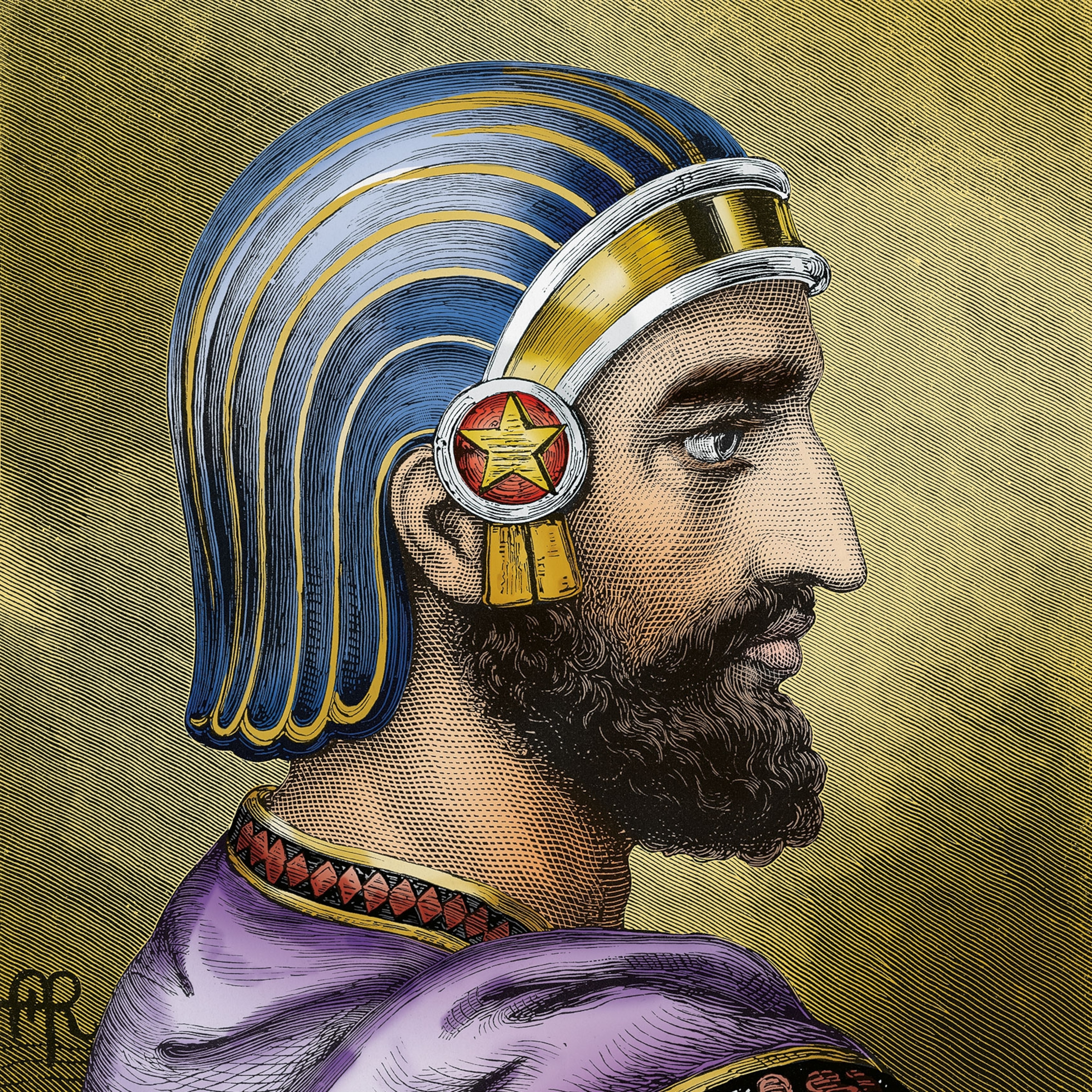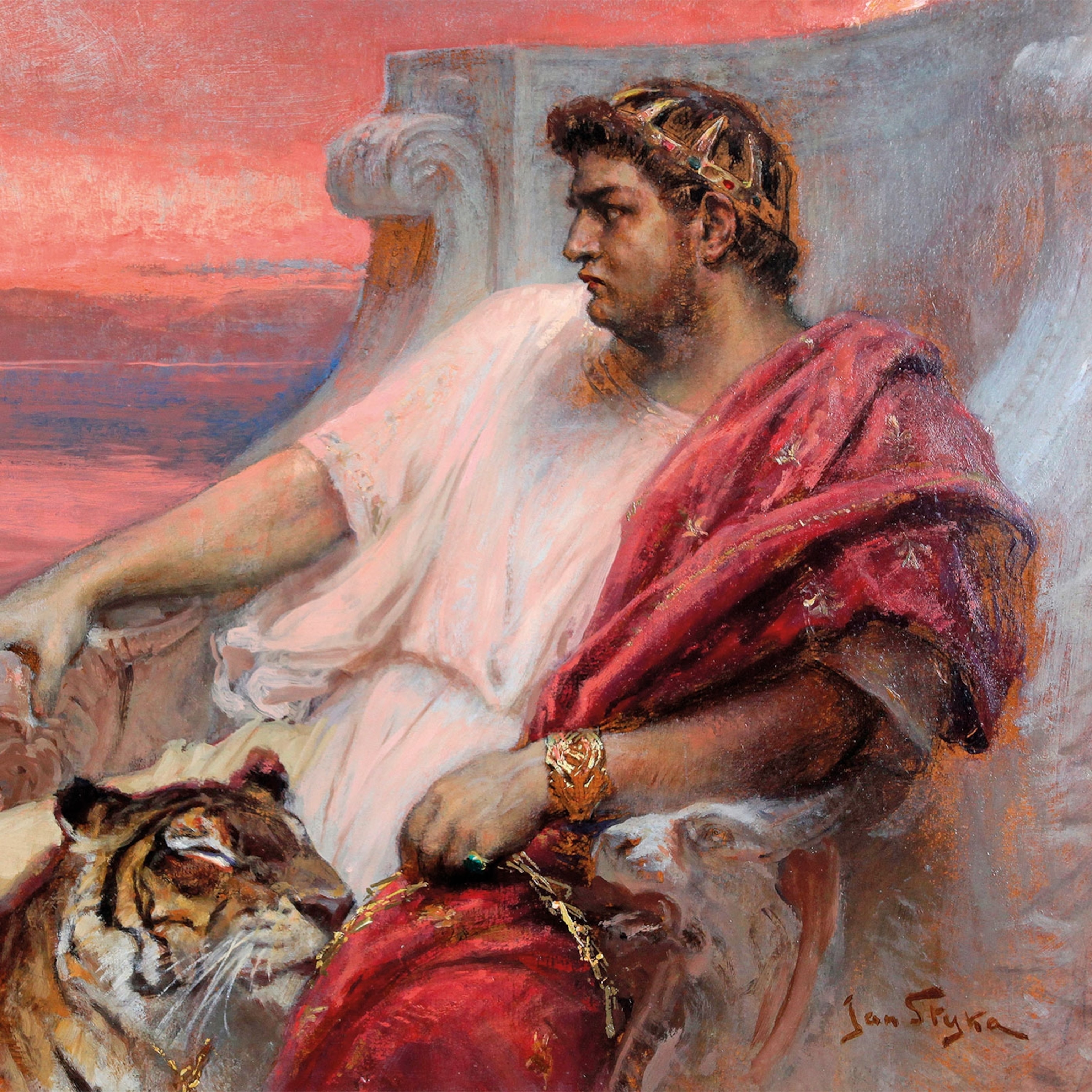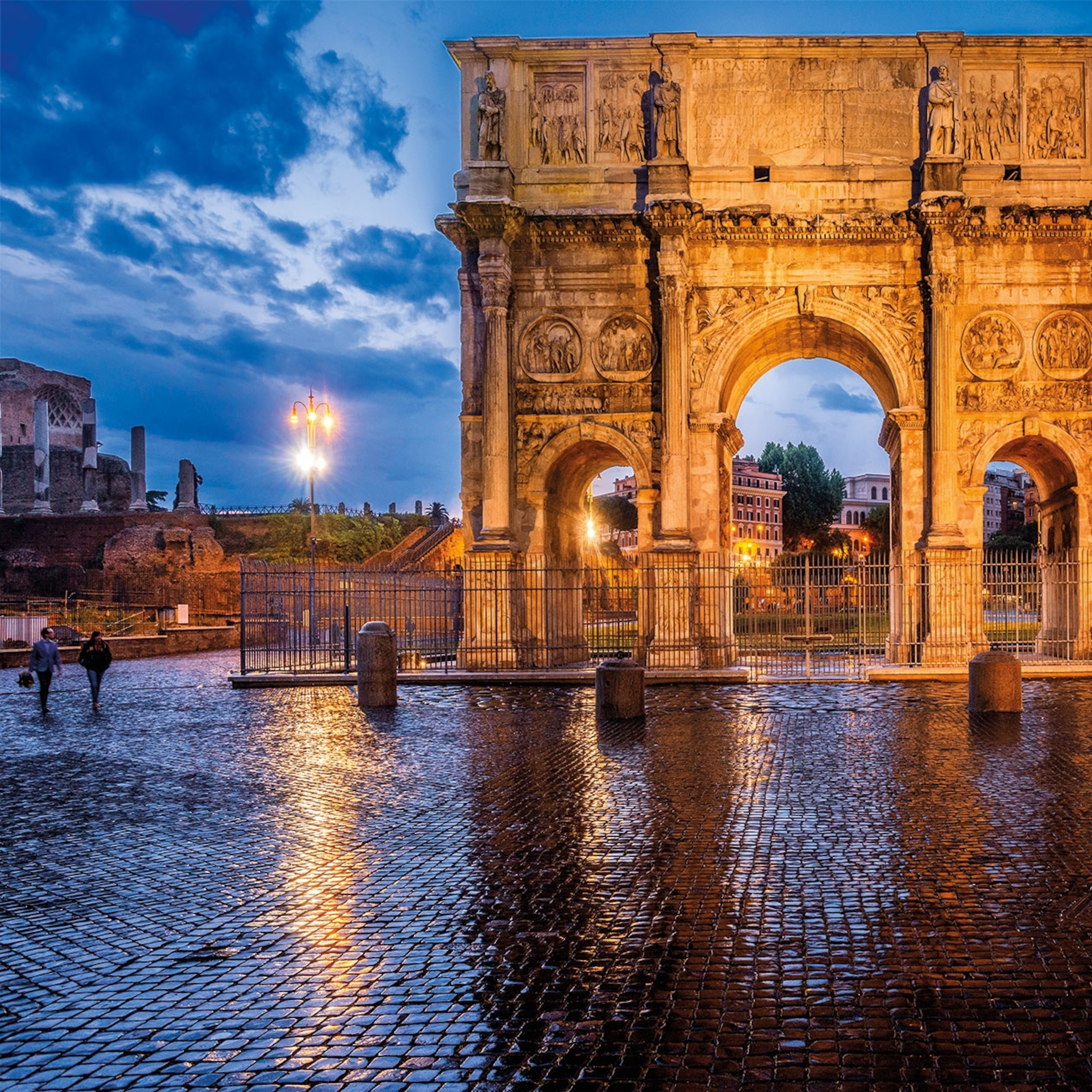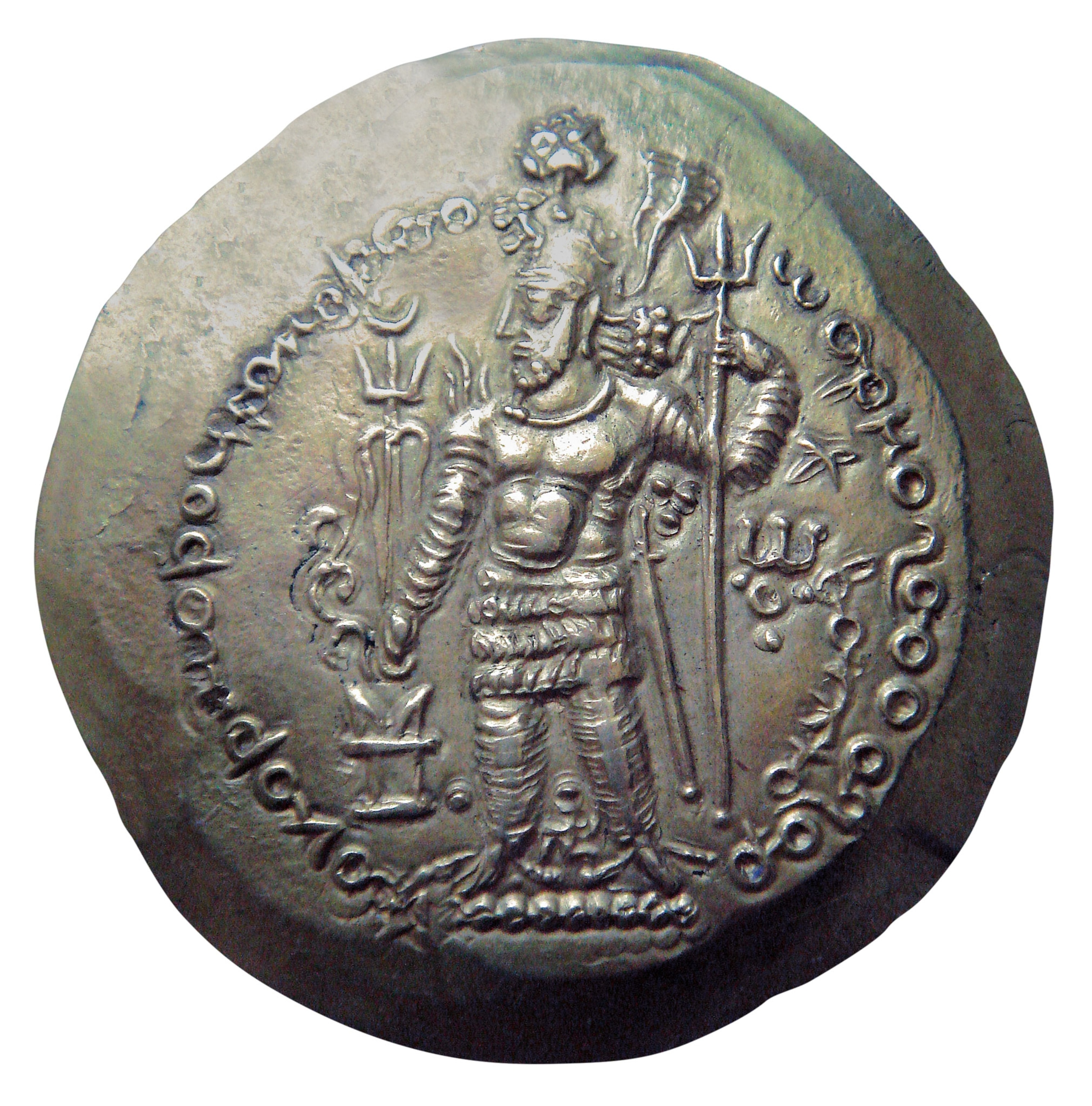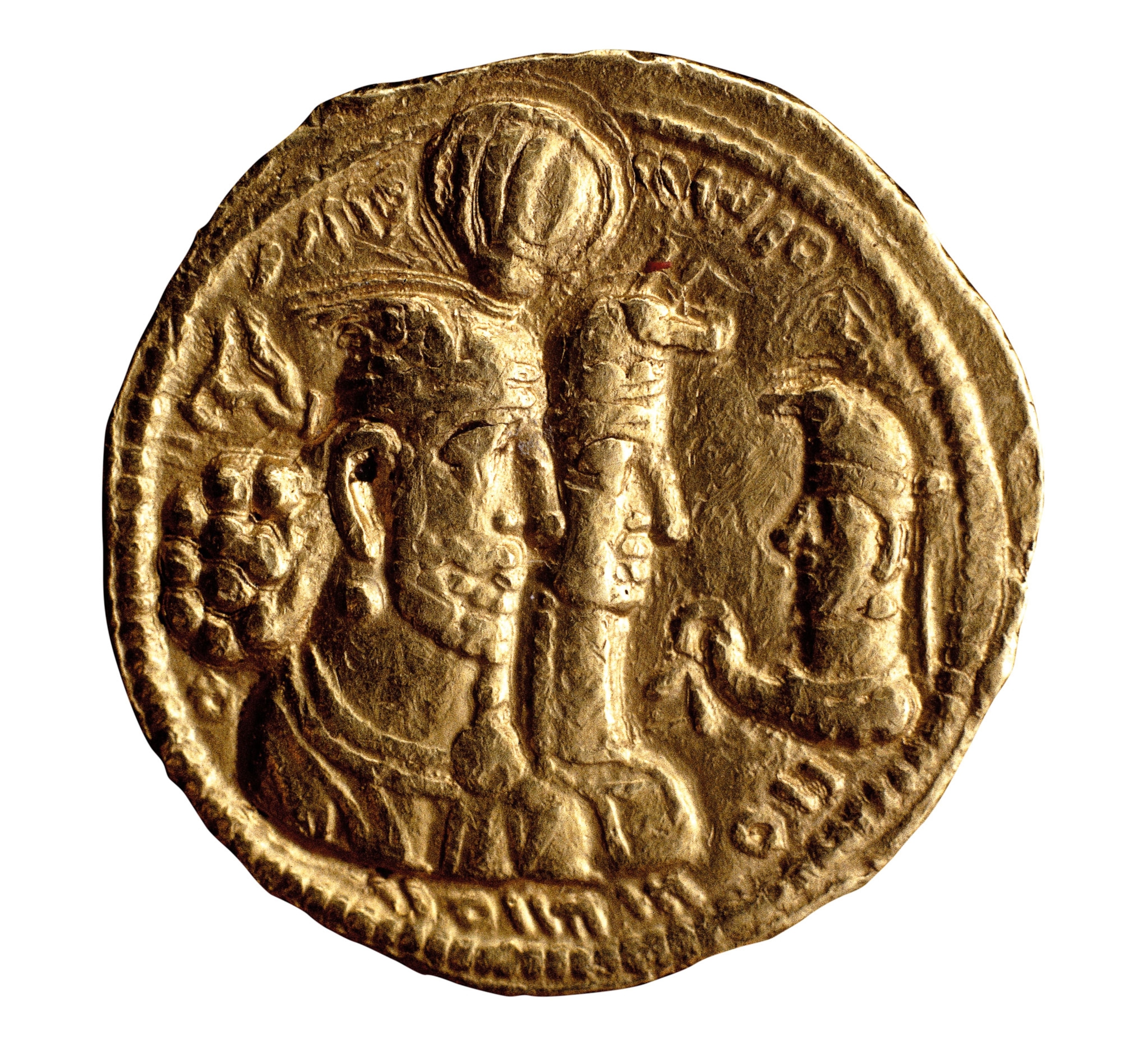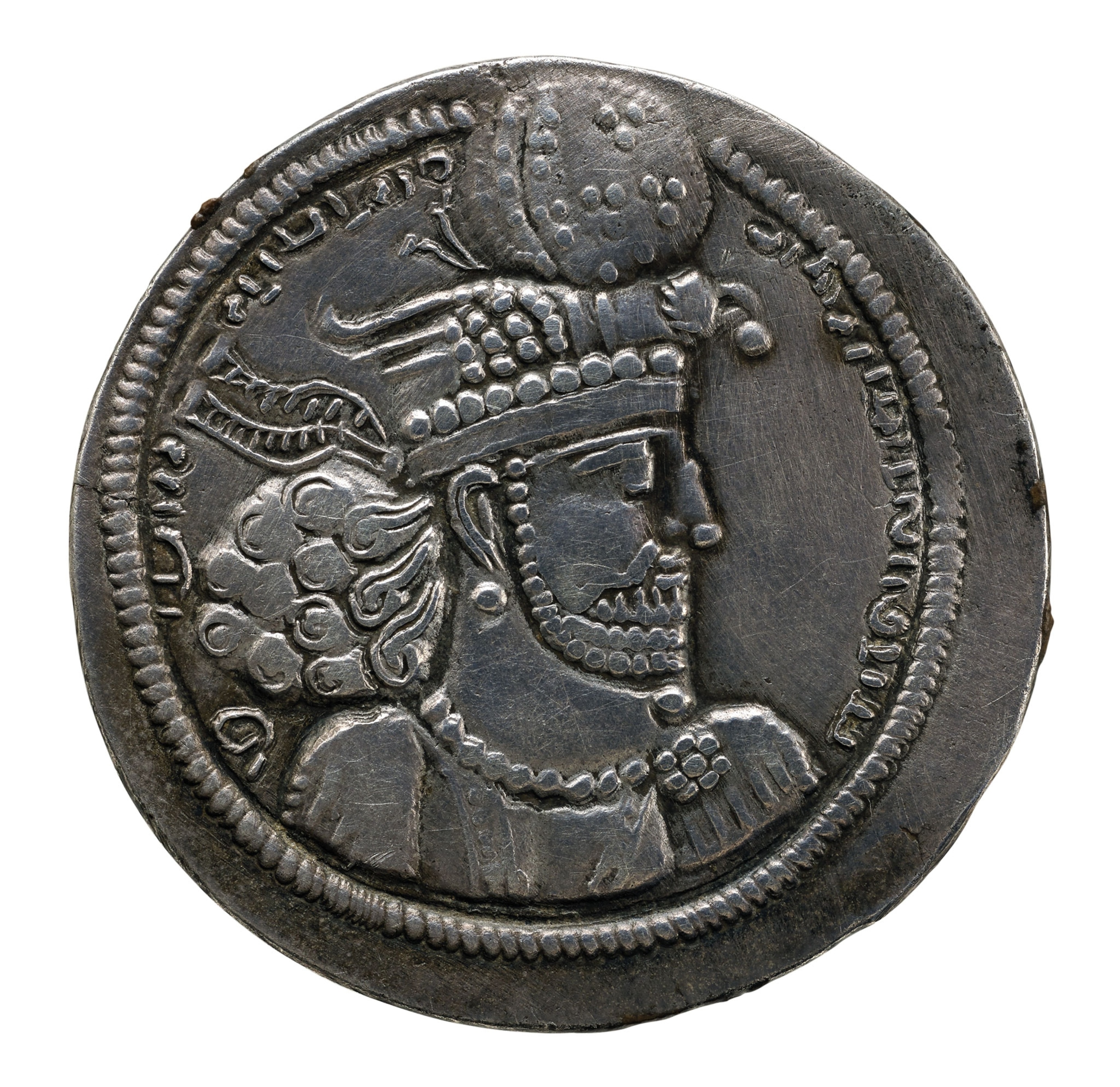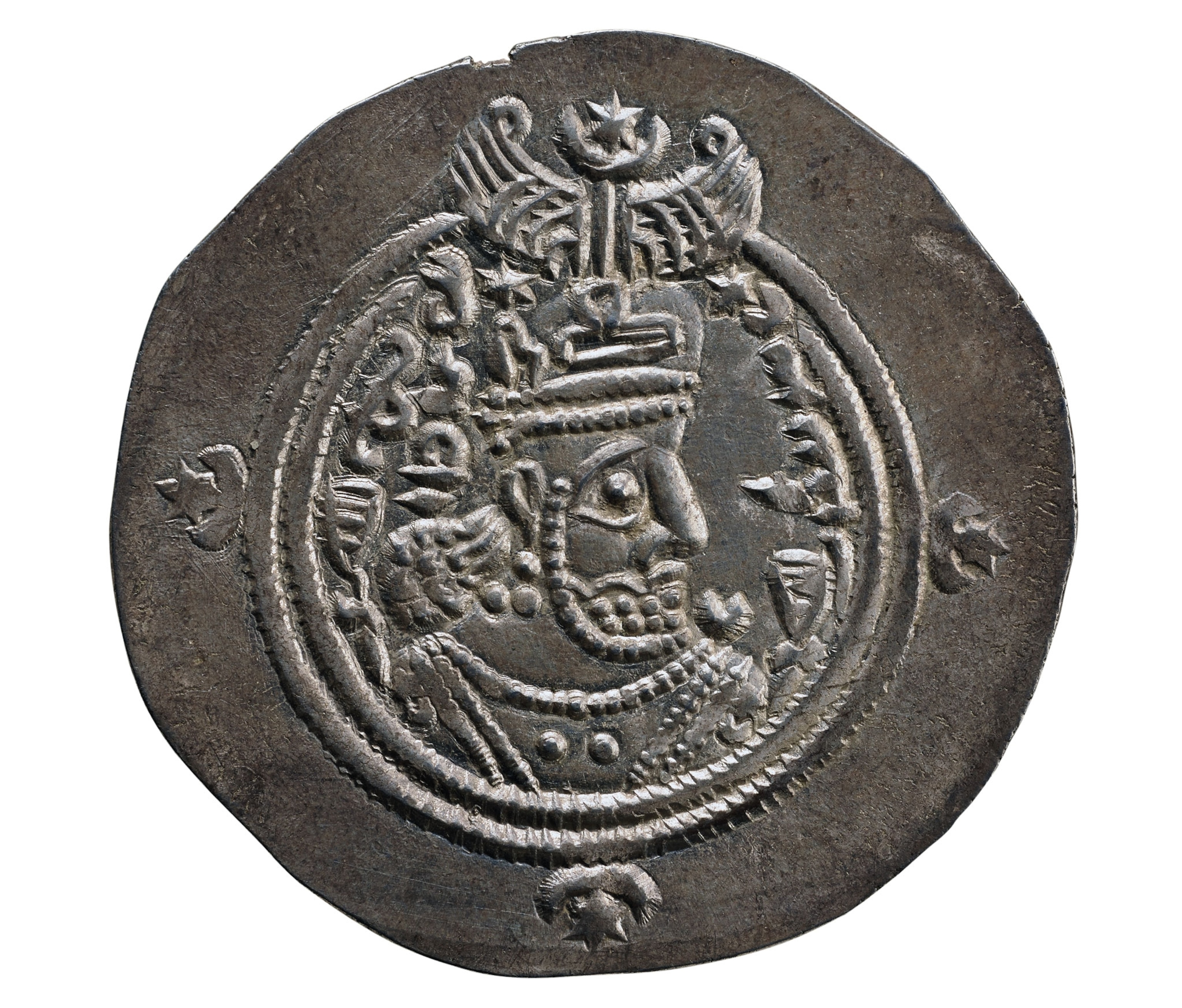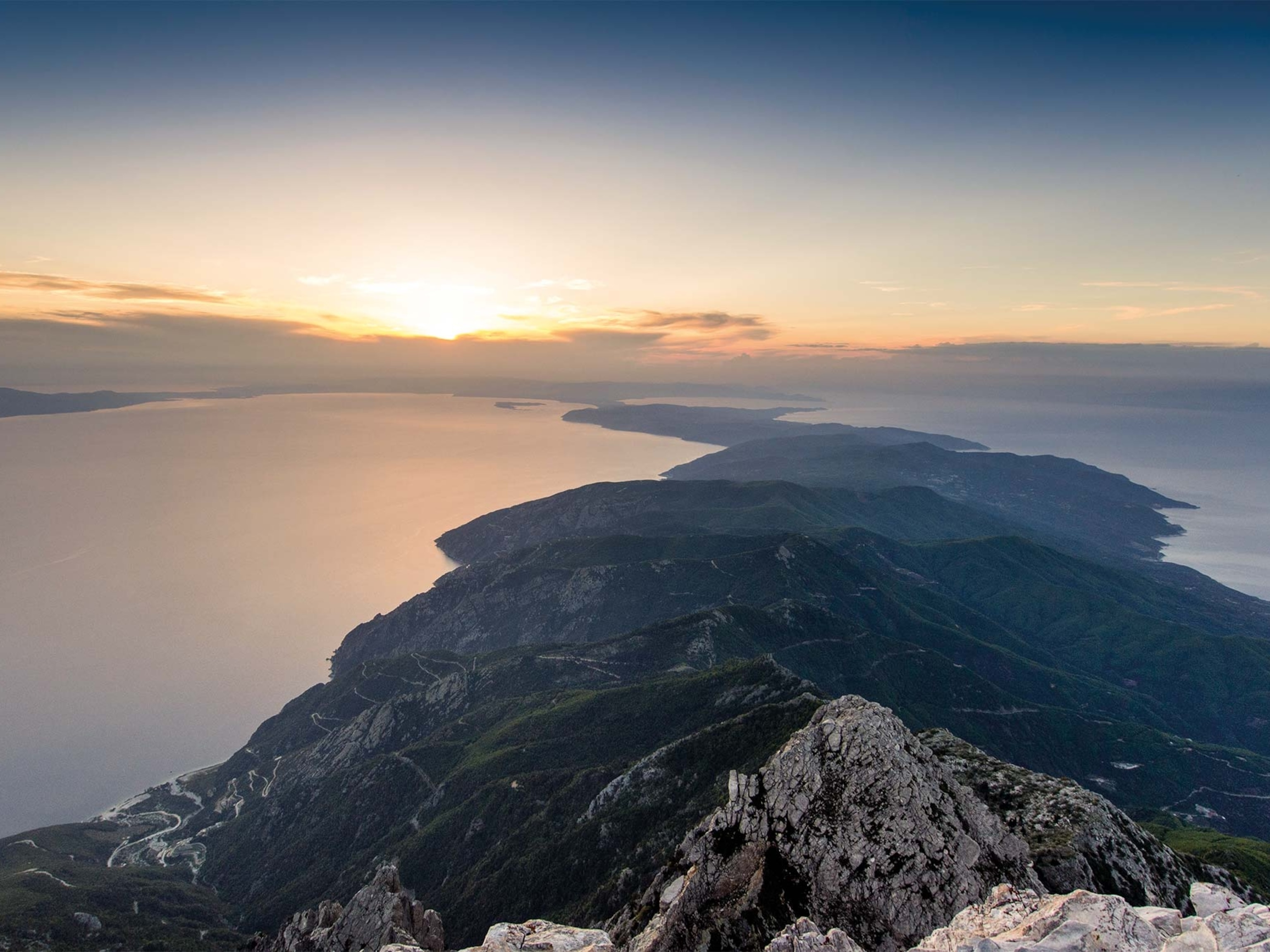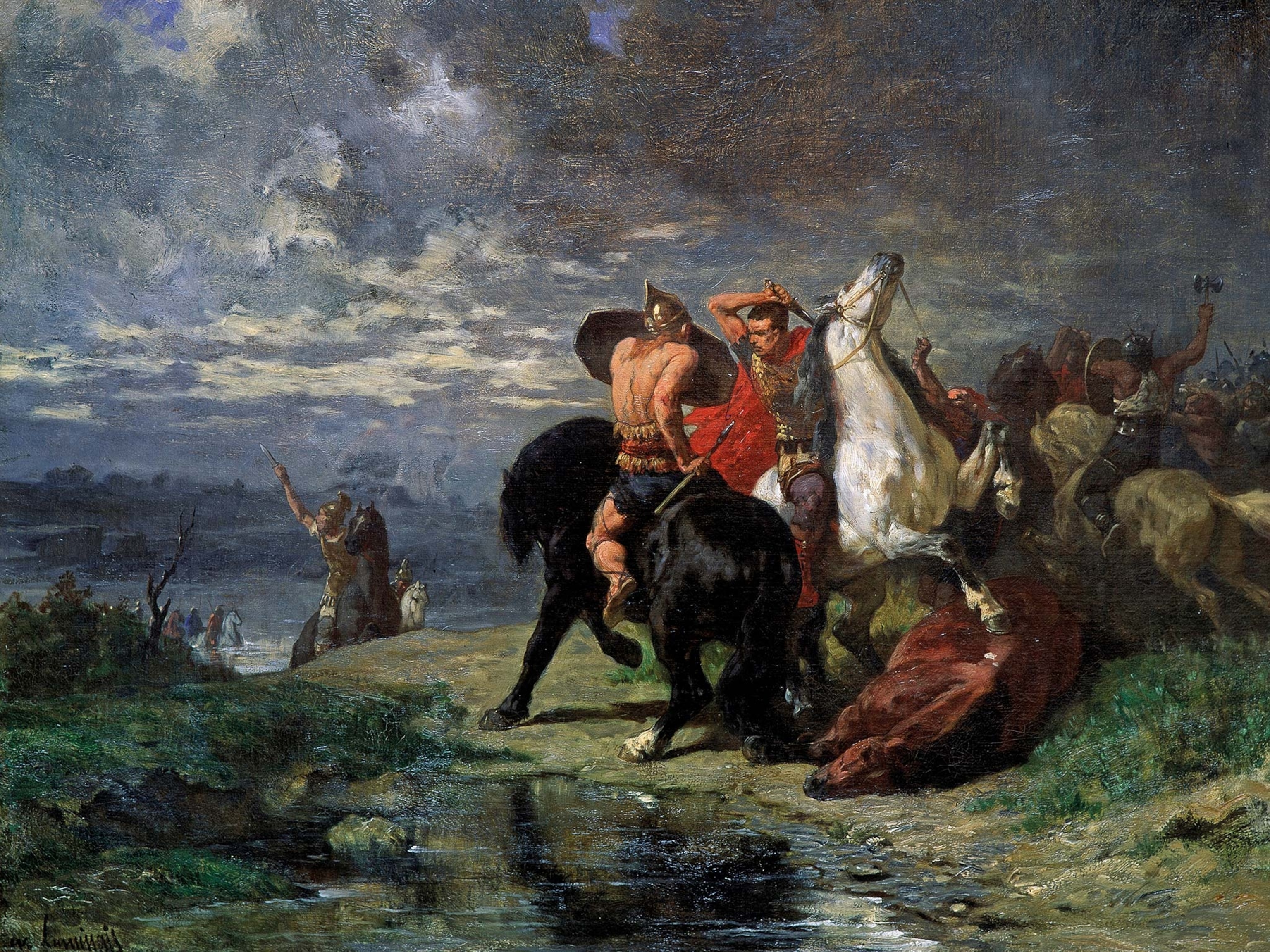A reborn Persian Empire captured Rome's lands—and its emperor
Inspired by their powerful ancestors, the Sassanian dynasty restored Persia to imperial glory, ruling lands that stretched from Turkey to Pakistan.

Alexander the Great conquered Persia in 331 B.C. and ended the Achaemenid Empire founded by Cyrus the Great. For the next five centuries, the Iranian plateau became ruled by other empires, until a new Persian dynasty took power. Fiercely proud of their roots, these new kings—the Sassanians—restored the might of their ancestors, drawing on their past to become feared conquerors, grand builders, and artistic patrons.
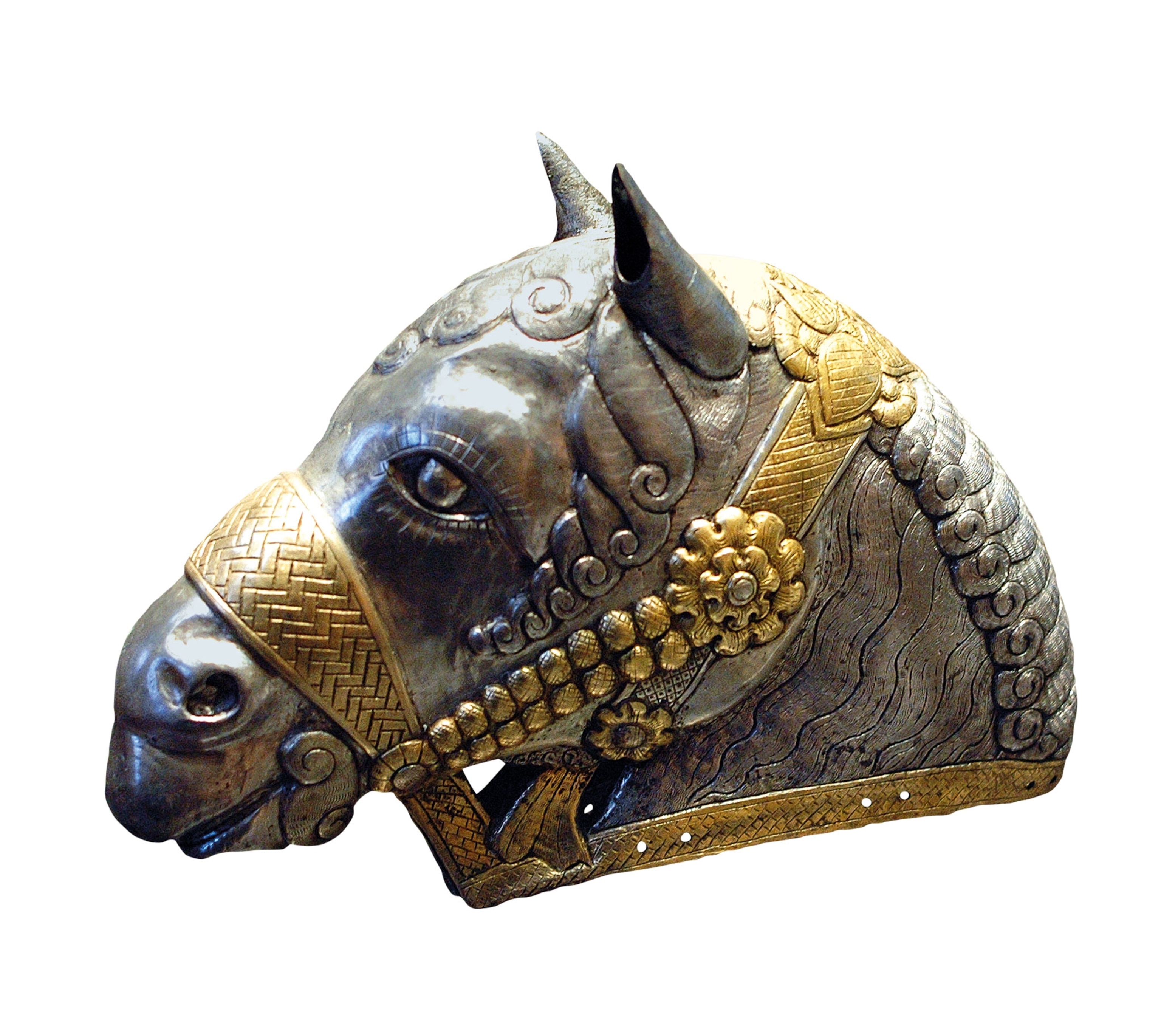
For more than four centuries the Sassanians dominated western Asia, expanding their empire and gaining lands from the Roman and Byzantine empires in the west and the Kushan empire in the east. To strengthen their connection to the past, they honored their leaders by carving reliefs of their deeds at Naqsh-e Rostam, the traditional resting place of the Achaemenid kings. Zoroastrianism became the state faith, and the government became centralized.
Sassanians grew wealthy, enriched by the trading routes (including the Silk Road) that passed through their realm. Centered in what is now Iran, the Sassanian empire was home to diverse ethnicities and cultures. It was known for its libraries, vast centers of learning, and soaring achievements in monumental art and architecture. By looking backward, the Sassanians moved their culture forward.

Return of the Persians
In the third century B.C., the Parthian Empire was born after overthrowing the heirs of Alexander the Great. Hailing from the northeastern region of Khorasan in present-day Iran, they controlled the area for roughly 400 years. Parthian culture was heterogeneous and had been strongly influenced by the Hellenistic legacy of Alexander. As Parthia grew more powerful, it rivaled the strength of Rome. (Here's how suspicion eroded Alexander the Great's empire.)
Although there were many conflicts between Rome and Parthia, a local revolt is what took down Parthian power in A.D. 224. Forces from Persis, a region in what is now southwest Iran, fought back against the Parthians. Their leader, a Persian prince named Papak, came from a noble family and was descended from a Zoroastrian priest, Sasan. Papak gave his son, Ardashir, a military command. Ardashir proved a successful commander and was able to seize control of several local cities in the early 200s.
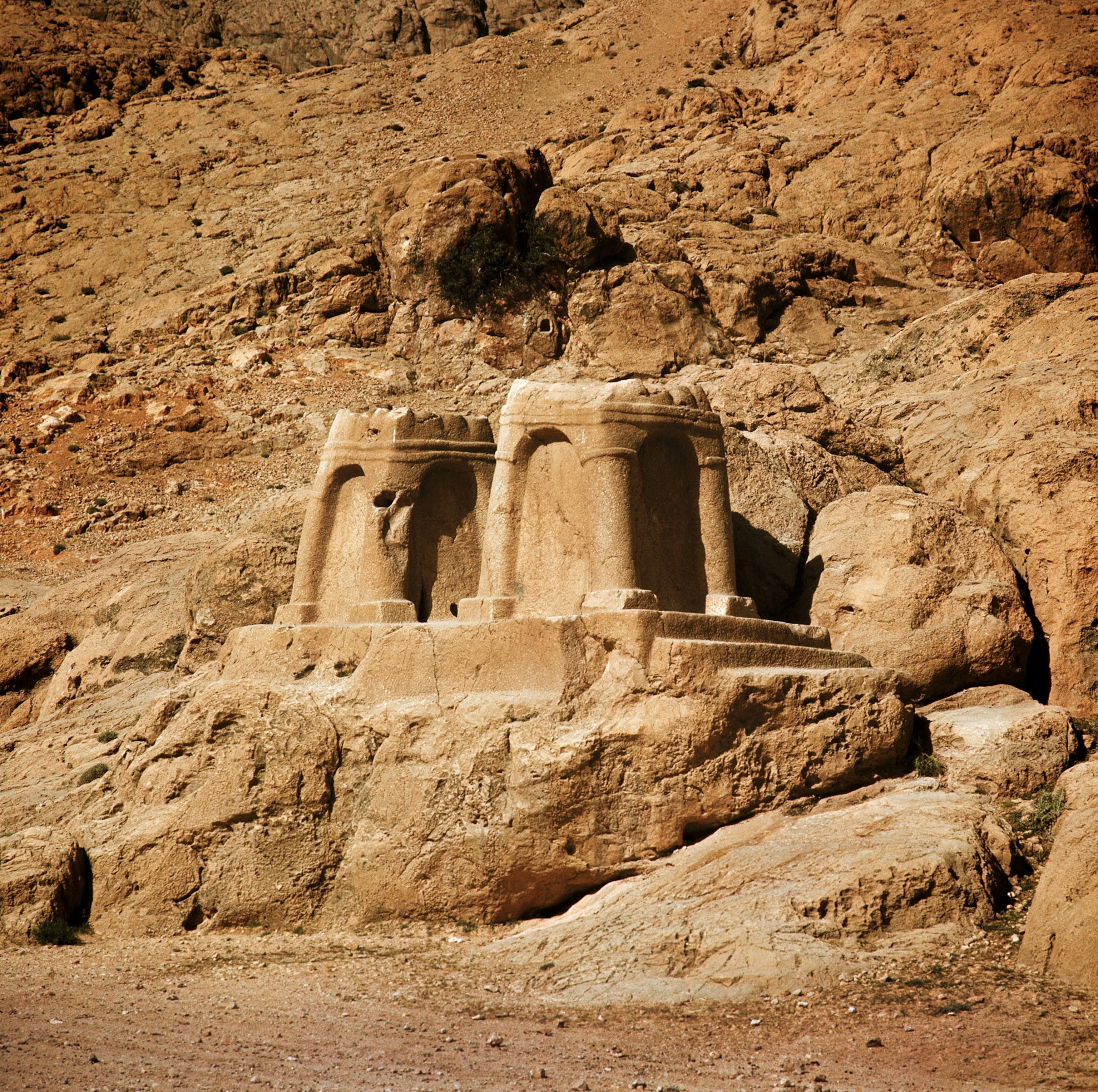
Ardashir’s forces swallowed up more and more territory until he finally defeated the last of the Parthian kings and occupied their royal seat at Ctesiphon (near Baghdad in modern Iraq). Ardashir would become the first king of a new Persian dynasty, named after his grandfather, Sasan. To strengthen his ties to Persia’s imperial past, Ardashir adopted the traditional title Shahanshah (“king of kings”), as had the great rulers before him.
Ardashir reigned for nearly two decades and brought a new vision to the empire. He began to centralize power in order to consolidate his lands. Zoroastrianism, the traditional faith of his Persian ancestors, was installed as the official state religion to help strengthen his family’s claims to the throne. Ardashir also looked to expand the empire and continued to press any and all advantages his forces had against the Parthians’ old enemy, Rome. He would co-rule with his son, the future king Shapur I.
Kings on the hunt
Imperial expansion
Taking power in A.D. 241, Shapur I built on his father’s grand vision. His expansionist ambitions were reflected in the title he adopted: “King of Iran and of non-Iran.” He continued to wage military campaigns on the Roman Empire’s eastern borders and found success during a time of political and economic instability for Rome.

Shapur’s troops killed the Roman emperor Gordian near Ctesiphon in 244. Philip the Arabian, Rome’s next emperor, had to sue for peace, an event gleefully recorded in Sassanian sources: “He gave us 500,000 dinars and became our tributary. For that reason, we re-named [Shapur] as ‘Victorious is Shapur.’”
For two decades Shapur continued to devastate Roman Syria and Turkey. Roman humiliation peaked with Sassanian forces capturing Emperor Valerian at the Battle of Edessa in 260. Some Persian sources paint a dramatic picture of the humiliations he suffered: When Shapur wanted to mount his horse, it was said that Valerian was dragged to him and forced to be the king’s human footstool. The exact circumstances of Valerian’s death are unconfirmed by historians—some say he was tortured and killed—but it is certain he died in captivity in 260. But the Roman governor of Syria took back large swaths of land from Persia. After a defeat around 262, Shapur attempted no more incursions into Roman territory. (After Valerian's death, this rebel queen took on Rome and the Persians.)

Shapur also made territorial gains in the east. According to Sassanian sources, his forces seized lands in central Asia, including Bactria, Sogdiana, and Ghandara, which had belonged to the Kushan empire. To manage this sprawling empire, Shapur further centralized the system of government, creating a streamlined hierarchy in which power radiated from the king, who then delegated to a prime minister. Below them were four classes: the Zoroastrian priests (asronan); the warriors (arteshtaran); the commoners (wastary-oshan); and the artisans (hutukhshan).
The early gains of Shapur I plateaued in the fourth century. By the beginning of the fifth century, the front with the Roman Empire was largely stable. Sassanian forces extended their empire’s eastern bounds as far as China, but elsewhere they were suffering losses and setbacks. The people of eastern Iran, known as the White Huns, plundered parts of eastern Persia in the fifth century. (See the face of a man from the last days of the Roman Empire.)
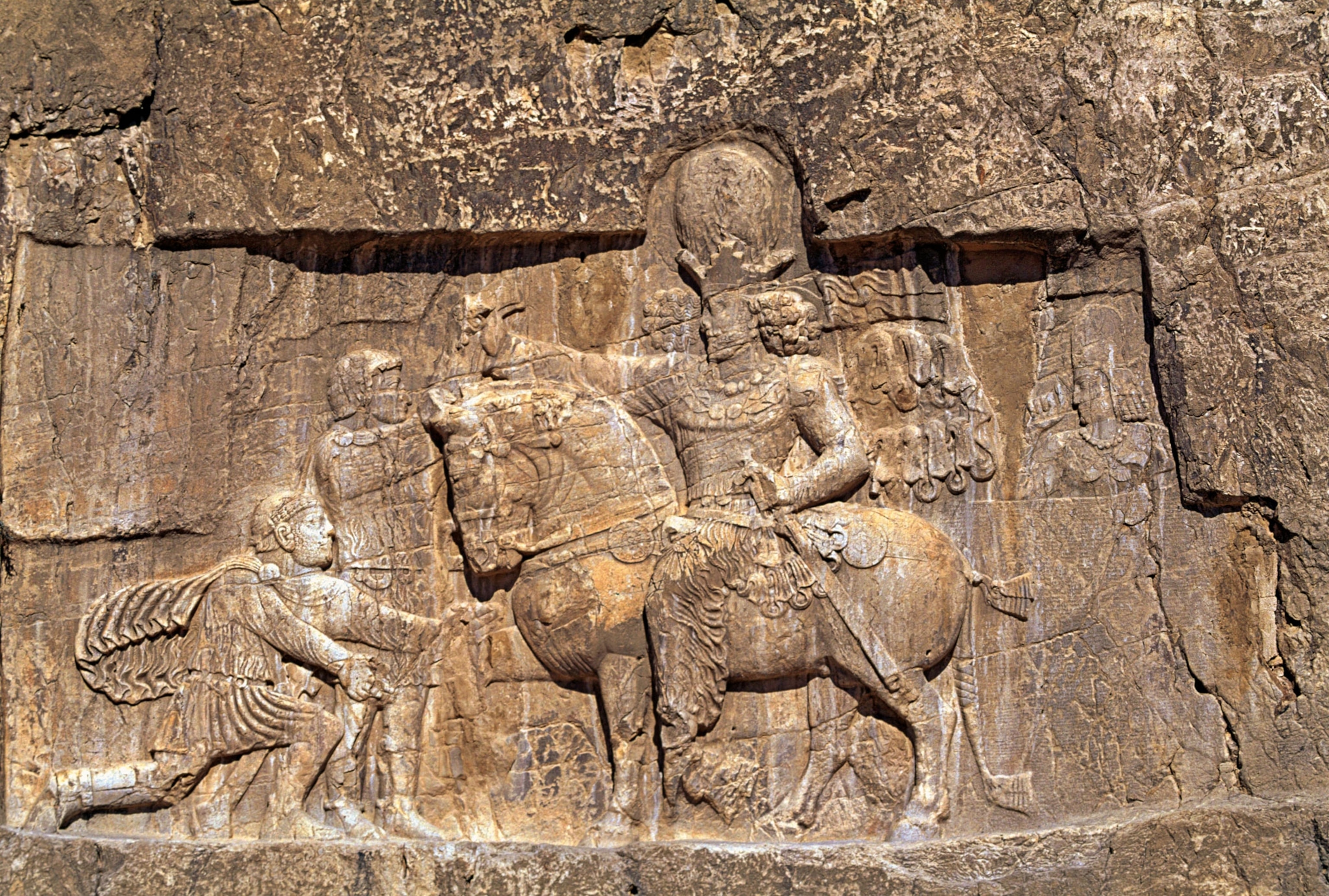
A diverse empire
Sassanian kings ruled people of many cultures and ethnicities. The Silk Road passed directly through their lands, bringing not only wealth but also a huge number of visiting merchants from Central Asia, India, the Arabian peninsula, Egypt, the eastern Mediterranean, the Caucasus, Greece, and Rome. The outside influence of these people enriched the Sassanians financially and culturally, but complicated governing.
In the sixth century, Sassanian military and cultural power reached its peak under the rule of Khosrow I, who came to power in 531. He enacted a further wave of administrative reforms to ensure a quick military response to any external threat or internal rising. The country was divided into four regions, each placed under its own military commander.

Although Zoroastrianism continued to be the state religion, many other faiths were practiced in Sassanian lands, including Buddhism and Judaism. The Babylonian Talmud, one of the principal texts of Rabbinic Judaism, was composed under Sassanian rule.
At first, religious diversity had been permitted, but government repression would take hold. The third-century religious leader Mani, whose Manichean theology contains both Christian and Zoroastrian influences, was tolerated, but around 274 the Zoroastrian priesthood successfully agitated for his execution.
After Christianity became the official faith of the Roman Empire in 380, Sassanian leaders associated it with the enemy. Persecutions of Christians became more common. Even so, it was convenient to tolerate some forms of Christianity: Nestorian Christians, who had broken with the Church in the fifth century, found sanctuary in the Sassanian lands. (Rome's borders were the beginning of its end.)
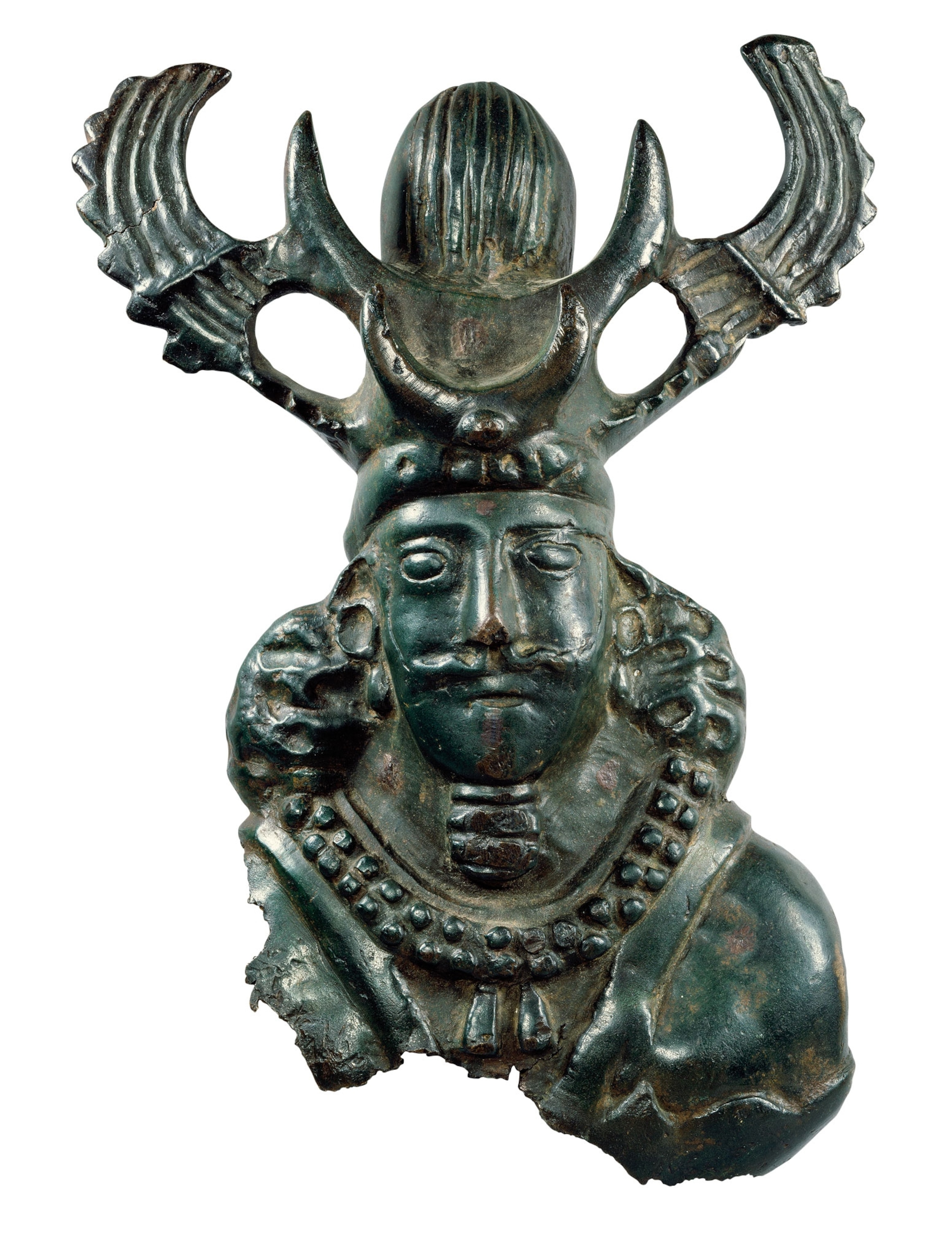

Sassanian coins
A last flourish
Astonishing Sassanian metalwork, and the grandeur of the dynasty’s stone reliefs at Naqsh-e Rostam and Taq-e Bostan have survived to proclaim the achievements of the last Persian kings.
Scholarship also flourished in the later Sassanian period: In the sixth century, Khosrow I founded the Academy at Gondishapur, where he gave refuge to Nestorian Christians fleeing persecution. These refugees brought with them valuable Greek and Syrian works on medicine and philosophy that the king ordered translated.
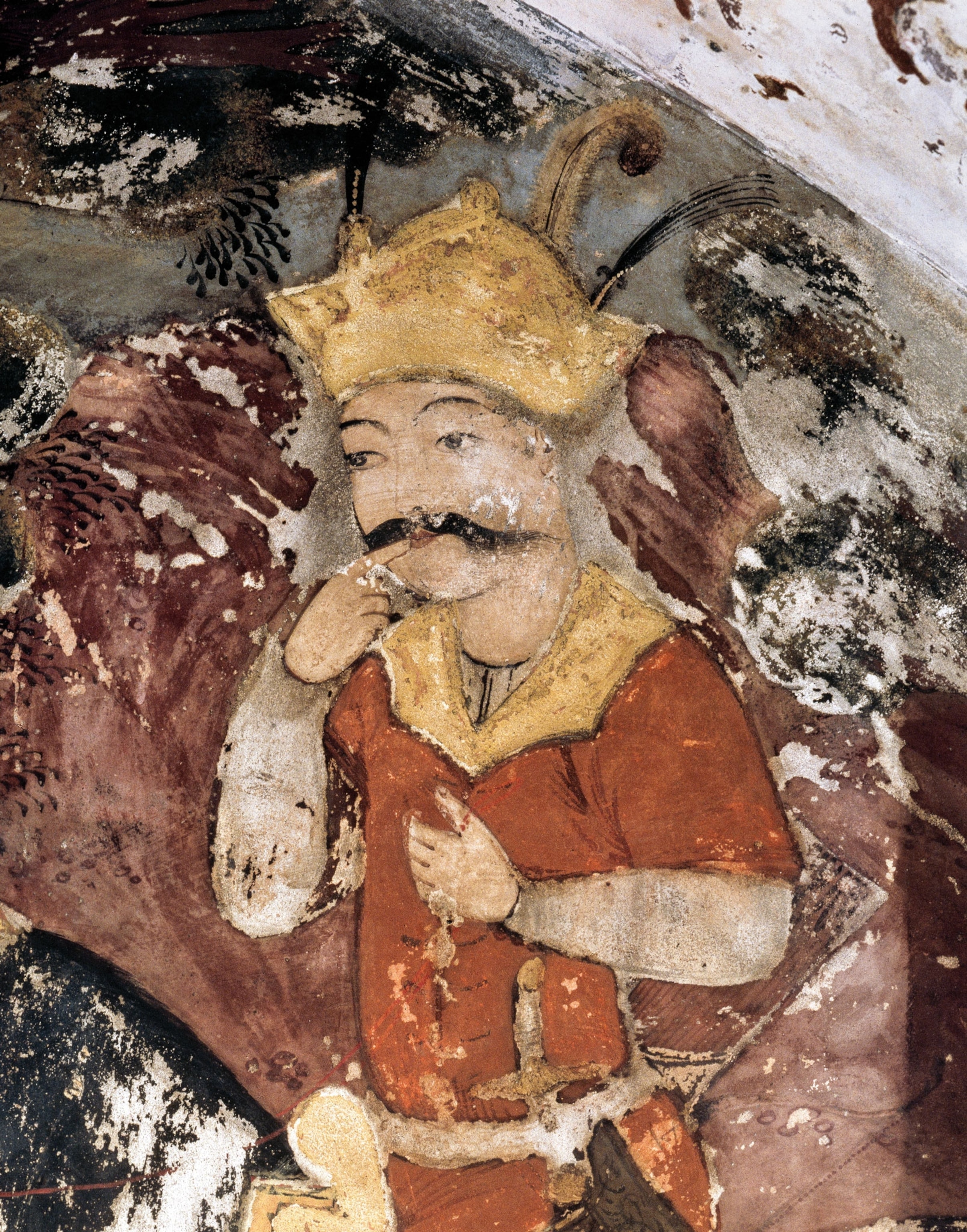
At the turn of the seventh century, Khosrow II continued to fight against Byzantium. Persian troops occupied Jerusalem, Rhodes, and Alexandria, and even came within sight of the gates of Constantinople, but these successes came at great cost to the empire. The long years of warfare had taken their toll financially and weakened Khosrow II’s grip on power. (Excavations beneath Jerusalem reveal layers of ancient history and long-standing tensions.)
A Byzantine military comeback, and the murder of Khosrow II in 628, led to a period of decline. To the south, Arab power was growing, and their leaders saw how weak the Sassanians had become. They first attacked Persian cities in 633 and went on to occupy Ctesiphon three years later. Arab forces toppled the last Sassanian king, Yazdegerd III, in 651. Islam became the dominant religion, but Persian refugees carried the Zoroastrian faith with them east to India.
The destroyers of the Sassanian Empire became its heirs. The Arab newcomers enthusiastically preserved and disseminated the huge repositories of learning at Gondishapur and other centers. The flame of scholarship, lit by the Sassanian kings, would later find its way to Europe, whose societies it would help transform.
